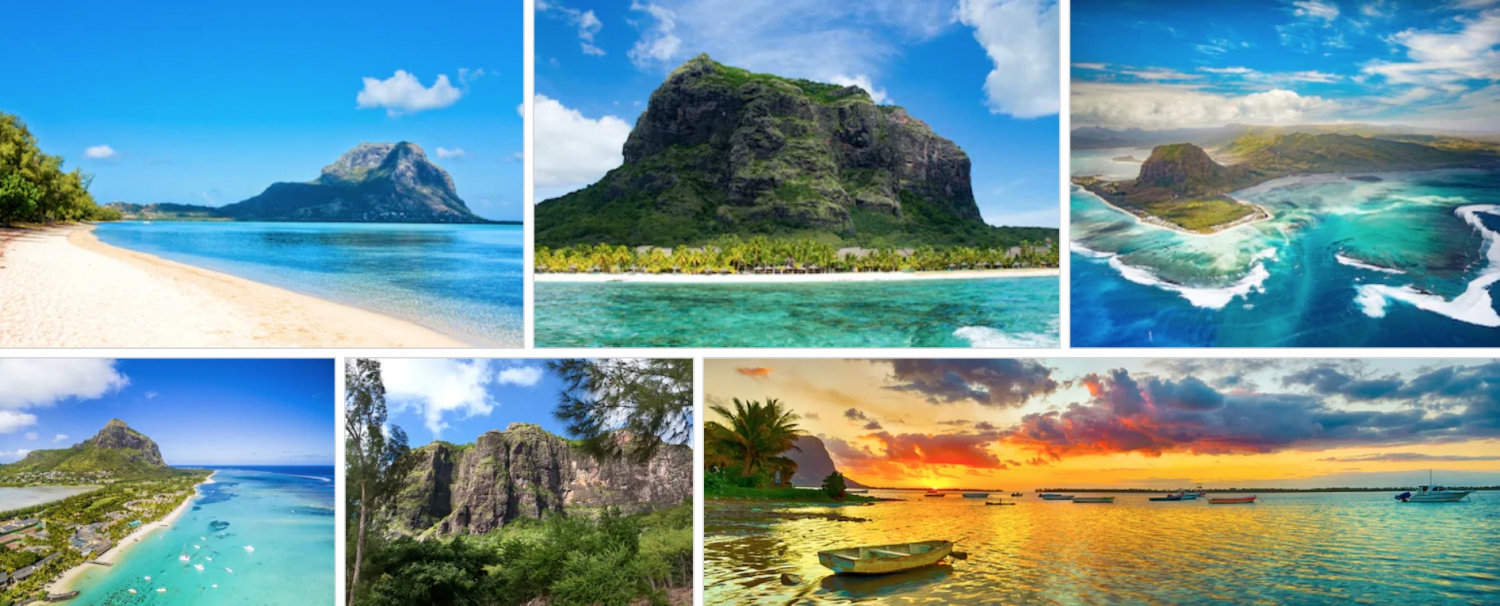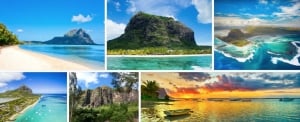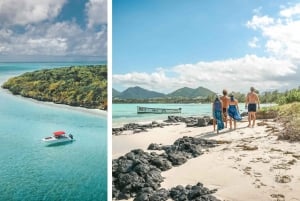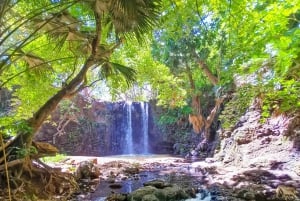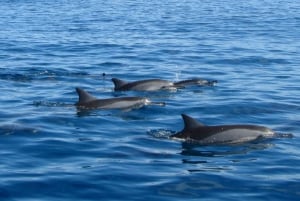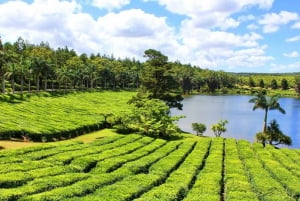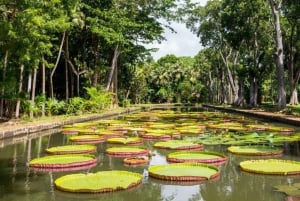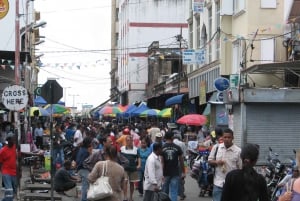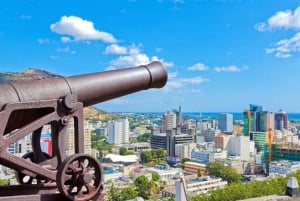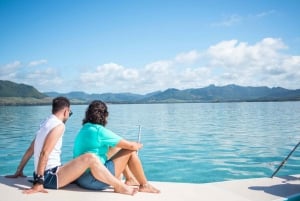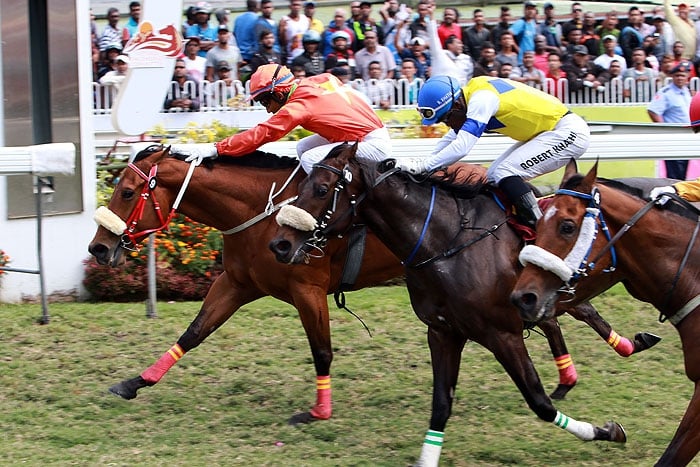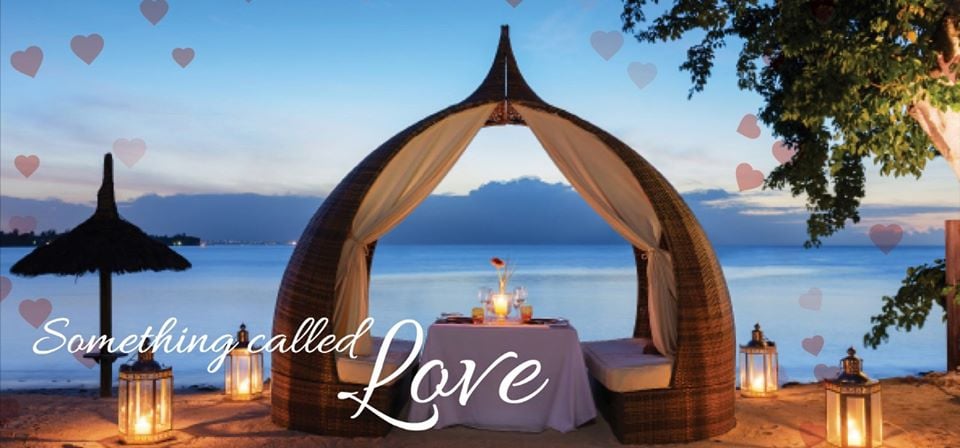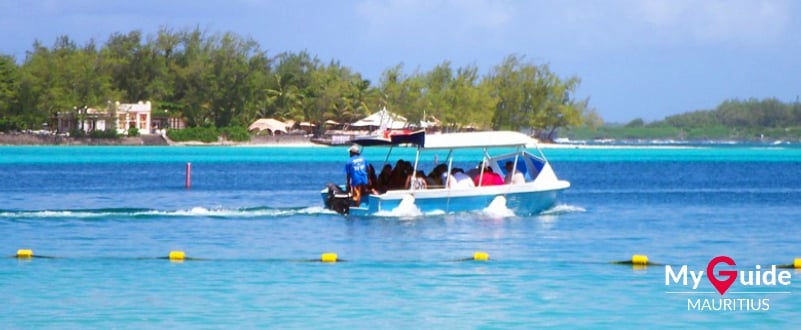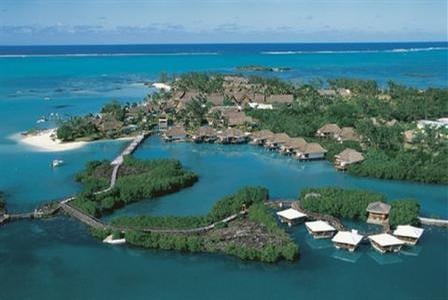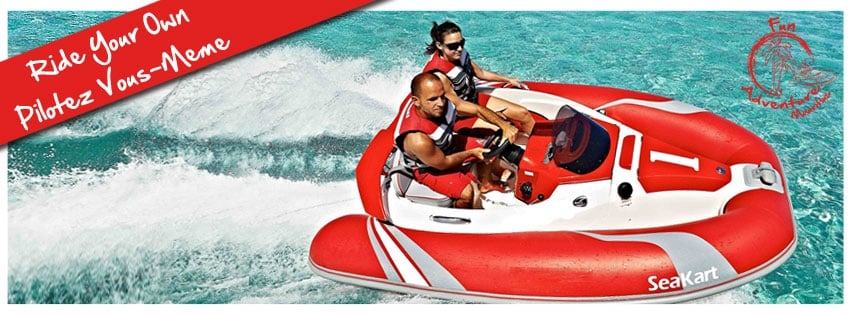Le Morne Brabant
This place holds a great importance in the history of slavery and their fight for freedom on the island. In the 18th and early 19th centuries, Le Morne was used as a hideaway for runaway slaves who founded small settlements in the caves and on the summit. This mountain has been the witness of the tragedy of slaves; after slavery was abolished in 1835, lookouts on the mountain saw the British approaching and mistakenly thought they were going to be recaptured. Some of the slaves threw themselves off the mountain, choosing death over slavery.
Thus, Le Morne has been declared a world heritage site since 2008 and has monuments dedicated to the slaves at the bottom of the mountain.
Towns and Villages
There aren’t many towns or villages in this part of Mauritius, although there is a long strip of hotels along the coast. If you want to dine out, try the village of Bel Ombre, which is a little way along the coast to the east. There are quite a few restaurants here serving local and international cuisine.
Beaches
Le Morne Mountain towers over the hotels along the coast with a long beach in front of them. Despite the number of hotels, there is access to the beach for visitors from three points.
Le Morne beach is popular with surfers, kite surfers, and gliders.
What to Do
The one outstanding thing to do at Le Morne Brabant is to hike up to the summit. It’s a 3.5 kilometre trail and takes anything between 3 and 5 hours, depending on how fit you are and if you have had any experience climbing.
The hike starts gently as the trail winds around the coast. There are excellent viewpoints along the way, with stunning views of the south of the island. Don’t forget to bring your camera.
The second part of the trek is rocky and has more difficult terrain, so if you are unfit or have health issues, it would be best to turn back here. The trail becomes steep for a while, then goes back to the path, and finally becomes steep again until you reach the summit. It is a good idea to have a guide for this part of the trek as he or she will tell you what to do and make sure everything is safe. You will also get to learn a lot about the history of the place and the local flora and fauna.
The steep climb is completely worth it when you see the beautiful views of the island, Ile aux Benitiers and Le Morne Beach.
It is best to start this trek early in the morning before the real heat settles in. There are some parts on the walk that aren't shaded, so remember to bring sun cream and water.
While on your journey towards the summit, you might be lucky enough to see one of the rarest plants in the world, the Mandrinette.
As can be seen, it is well worth vising Le Morne Brabant if only for the spectacular views you get from the summit.



